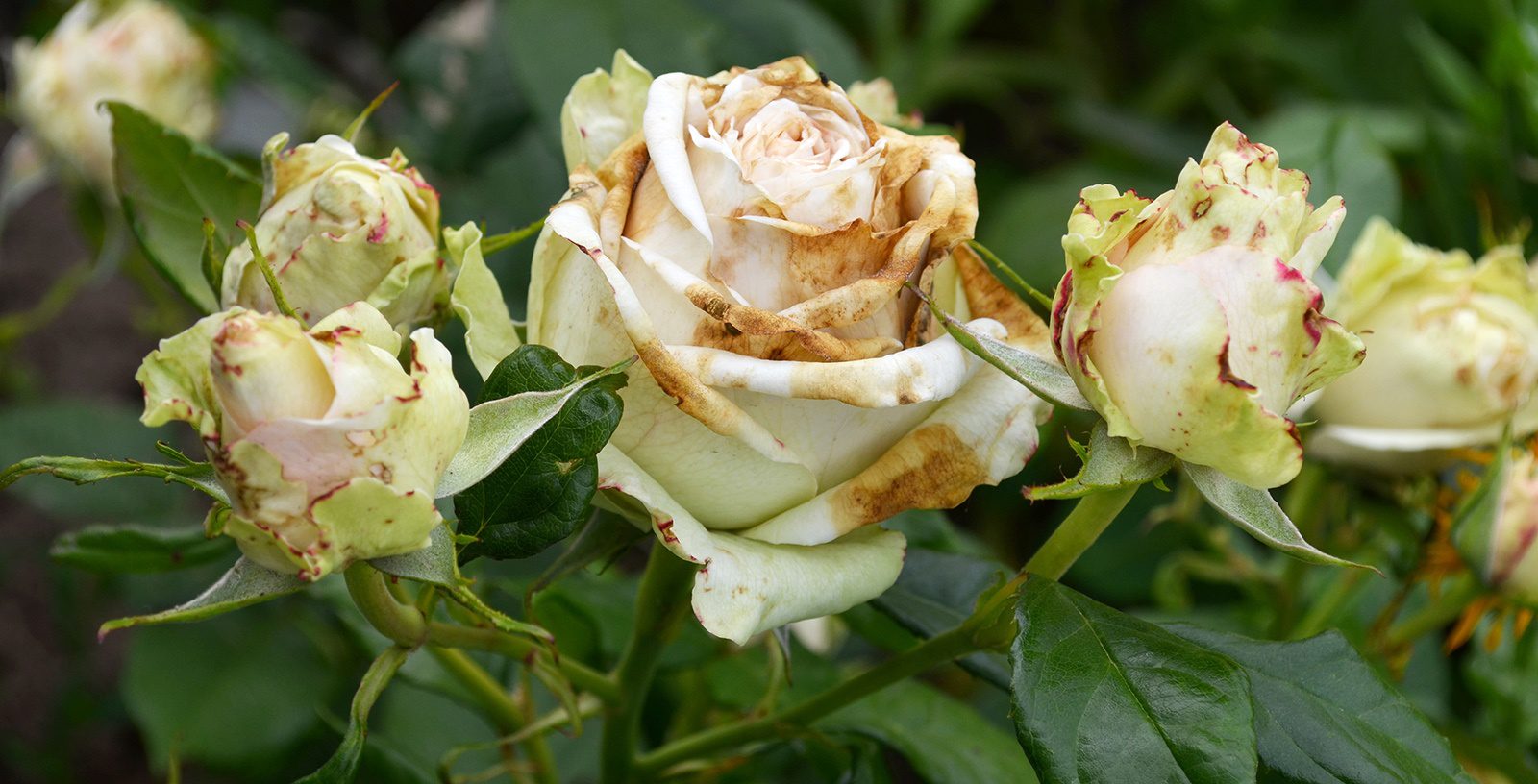
Battling Botrytis a silent menace in the flower industry
Botrytis, commonly known as grey mold, casts a shadow over the vibrant landscape, causing widespread damage and economic losses.
In the verdant fields and towering floriculture greenhouses, a silent menace lurks, threatening the health and productivity of crops. Botrytis, commonly known as grey mold, casts a shadow over the vibrant landscape, causing widespread damage and economic losses.
As flower growers grapple with the multifaceted challenges posed by this fungal pathogen, understanding its effects and implementing effective control measures are paramount to safeguarding agricultural prosperity.
Understanding Botrytis
Botrytis cinerea, the fungal pathogen responsible for grey mold, is a ubiquitous threat to flower crops worldwide. In Kenya, where the climate provides favorable conditions for its proliferation, Botrytis poses a particularly formidable challenge.
This opportunistic pathogen thrives in humid environments, targeting a wide range of rose varieties and carnations. Its insidious nature manifests in various forms, from the characteristic greyish mold on infected plant tissues to the rapid decay of flowers, rendering them unsuitable for the market.
Botrytis-infected flowers not only fail to meet stringent quality standards but also incur rejection or downgrading, diminishing their market value and eroding export earnings.
“Effective management of Botrytis hinges on a comprehensive understanding of the disease dynamics. Botrytis spores, carried by wind, water, and contaminated plant debris, can spread rapidly within and between crops, creating conducive conditions for infection. Factors such as high humidity, overcrowding, and poor air circulation exacerbate the risk of Botrytis outbreaks, making preventive measures essential in disease management strategies,” said Stefano Banella, Crop Manager at Red Lands Roses.
To tackle the threat, the farm that grows close to 200 rose varieties, has embraced conventional, biological, and cultural arsenals.

Control measures
Addressing the threat of Botrytis requires a multifaceted approach that integrates cultural, biological, and chemical control measures. Cultural practices such as pruning, spacing, and proper irrigation management help reduce the risk of Botrytis infection by minimizing conditions conducive to fungal growth. Additionally, biological control agents, such as beneficial fungi and bacteria, can be employed to suppress Botrytis populations and enhance plant resilience.
Chemical control, while effective, is recommended to be used judiciously and in conjunction with other control measures to minimize environmental impact and mitigate the risk of fungicide resistance. Timely application of fungicides, tailored to the specific needs of each crop and stage of growth, can help manage Botrytis outbreaks and protect crop yields.
“Chemical control remains an important tool in the fight against Botrytis, but its judicious use is paramount to mitigate the risk of fungicide resistance and environmental contamination. Integrated pest management strategies that combine cultural practices, biological controls, and targeted fungicide applications offer a comprehensive approach to managing Botrytis effectively,” said Amit Kumar Singh, the Group General Manager, of PJ Dave Flowers Limited.
The company grows over 25 flower varieties on more than 100 hectares resulting in the export of an estimated 80 million stems of roses each year to prime destinations across the world.
The farm balances the use of chemical pesticides with of biological pest control methods like traps enhancing sustainable flower production processes.
Research initiatives

Government agencies, research institutions, and industry stakeholders continue to play a crucial role in supporting growers and exporters in their battle against Botrytis. Investments in research and development, aimed at developing disease-resistant crop varieties and innovative control technologies, have become essential for long-term disease management strategies.
Extension services and farmer training programs have helped disseminate knowledge and best practices, empowering farmers to effectively manage Botrytis and safeguard the health and productivity of their crops.
As Kenya’s flower sector navigates the challenges posed by Botrytis, proactive and collaborative efforts are becoming essential to mitigate its impact and ensure agricultural resilience. By understanding the disease dynamics, implementing integrated control measures, and leveraging research and innovation, stakeholders can be positioned to effectively combat Botrytis and protect the viability of Kenya’s floriculture industry for generations to come.
“Addressing the economic impact of Botrytis requires a multifaceted approach that encompasses prevention, early detection, and effective management strategies. Investing in research and development to develop disease-resistant crop varieties and innovative control technologies is essential for enhancing the resilience of Kenya’s floriculture sector against Botrytis and other fungal pathogens.
“Empowering growers with knowledge and resources is key to managing Botrytis and preserving the health and productivity of the flowers.,” Simon Andys, the CEO, of Premier Seed Company, a fresh produce production farm noted further stating that while the Kenyan flower industry has come of age in tackling old threats, new ones, occasioned by changes in weather among other factors require new approaches and control arsenals to tackle.

